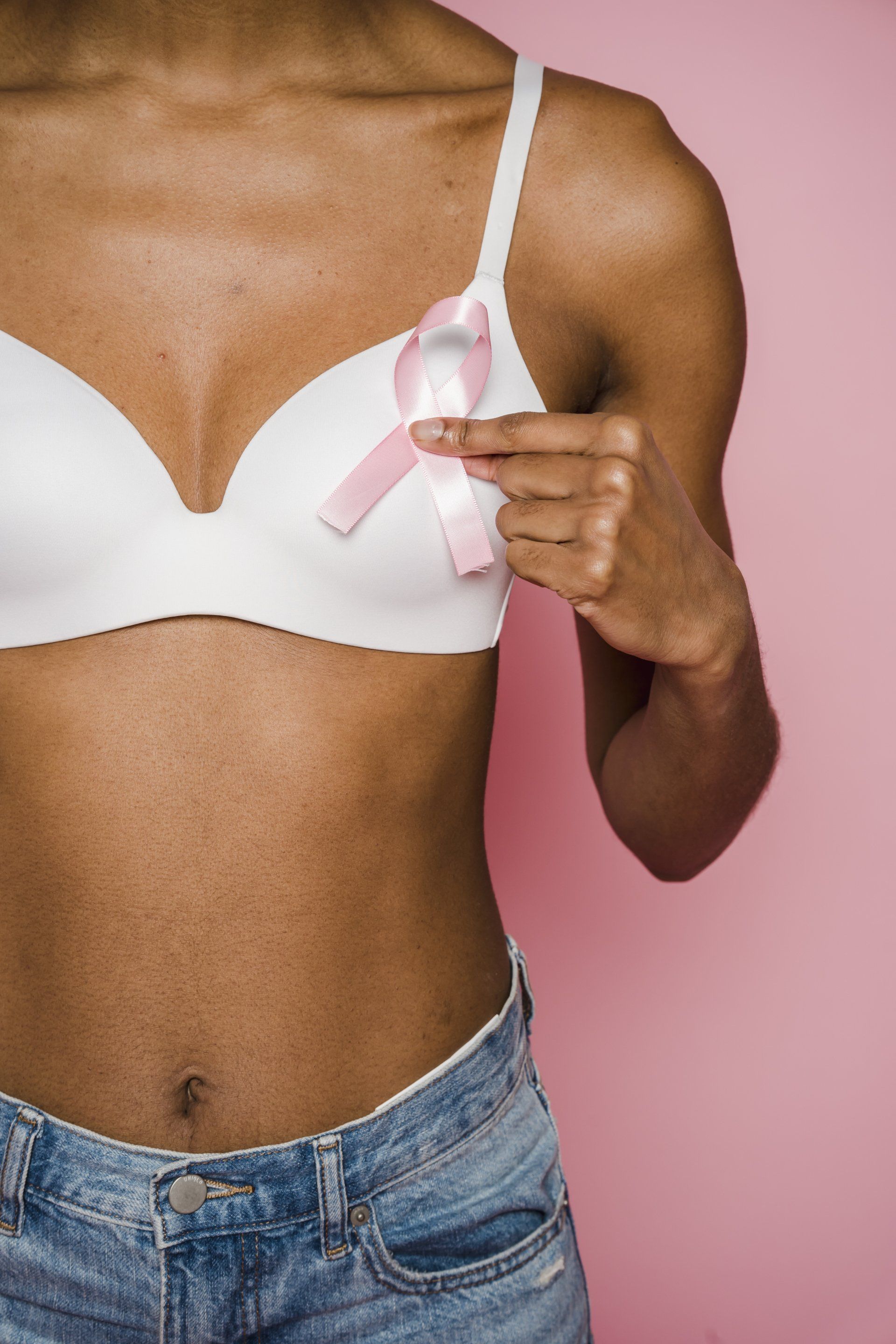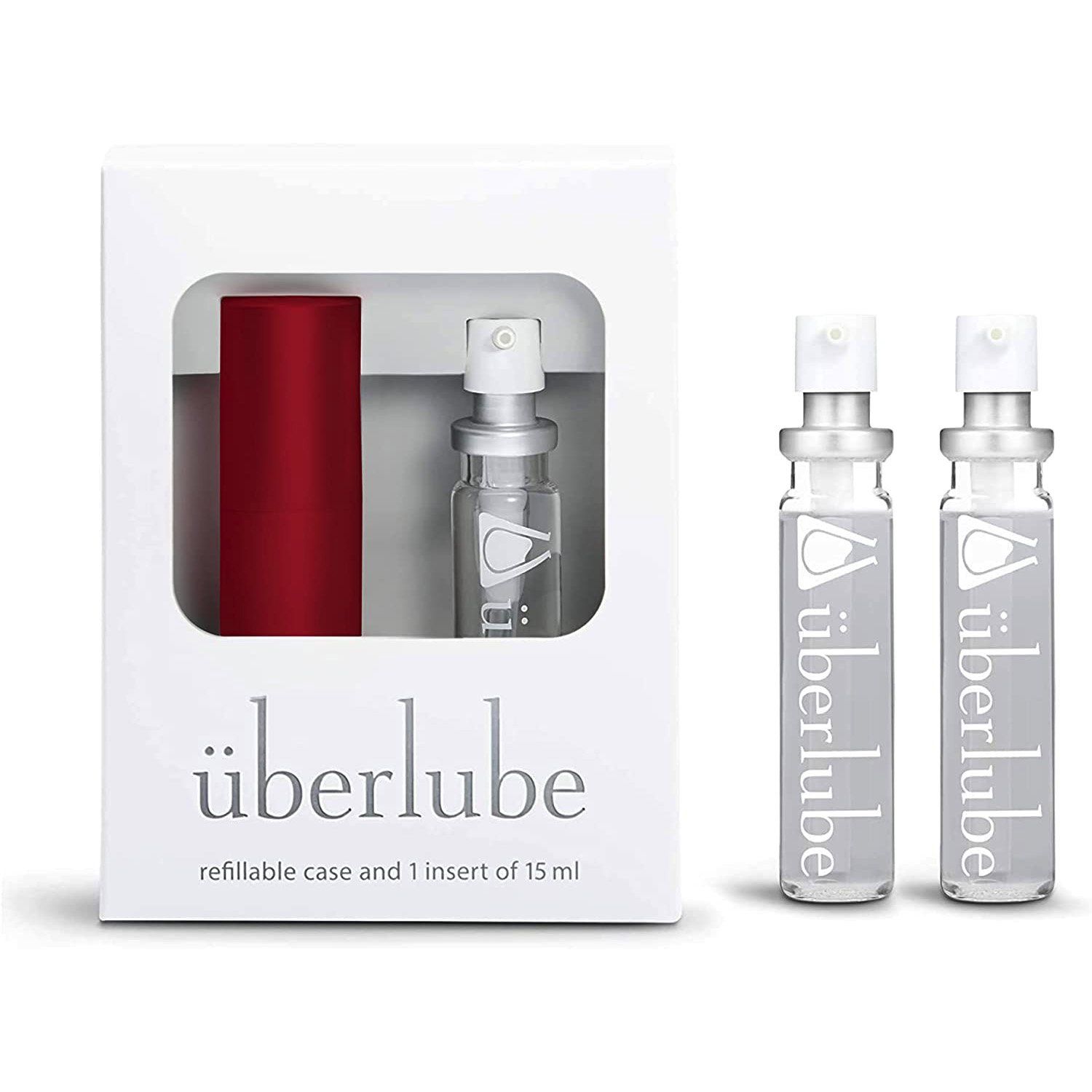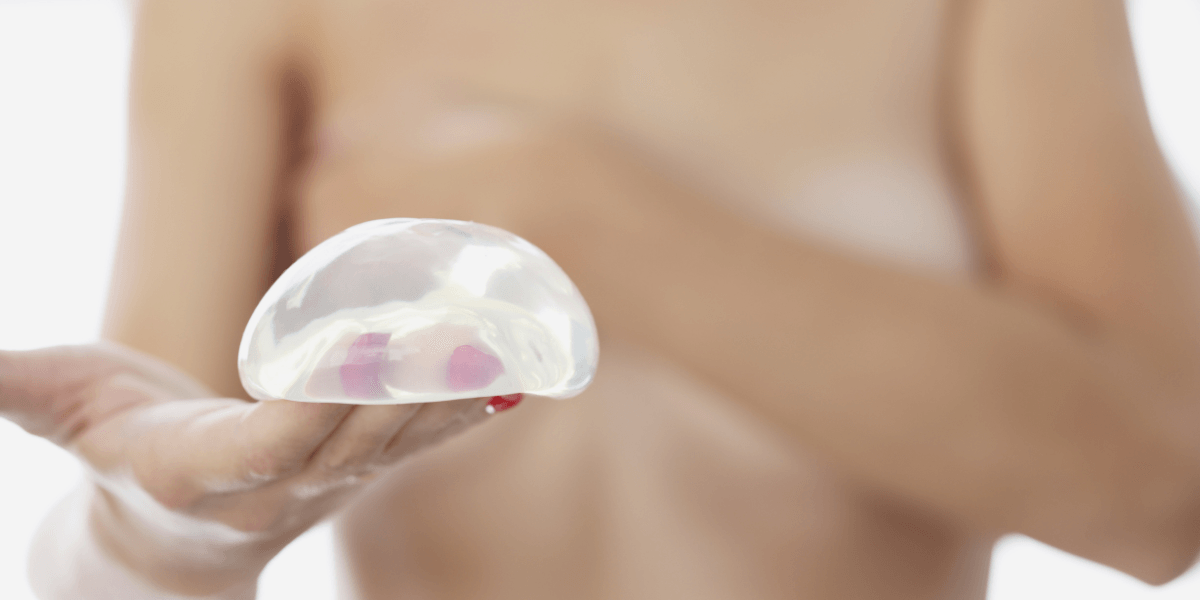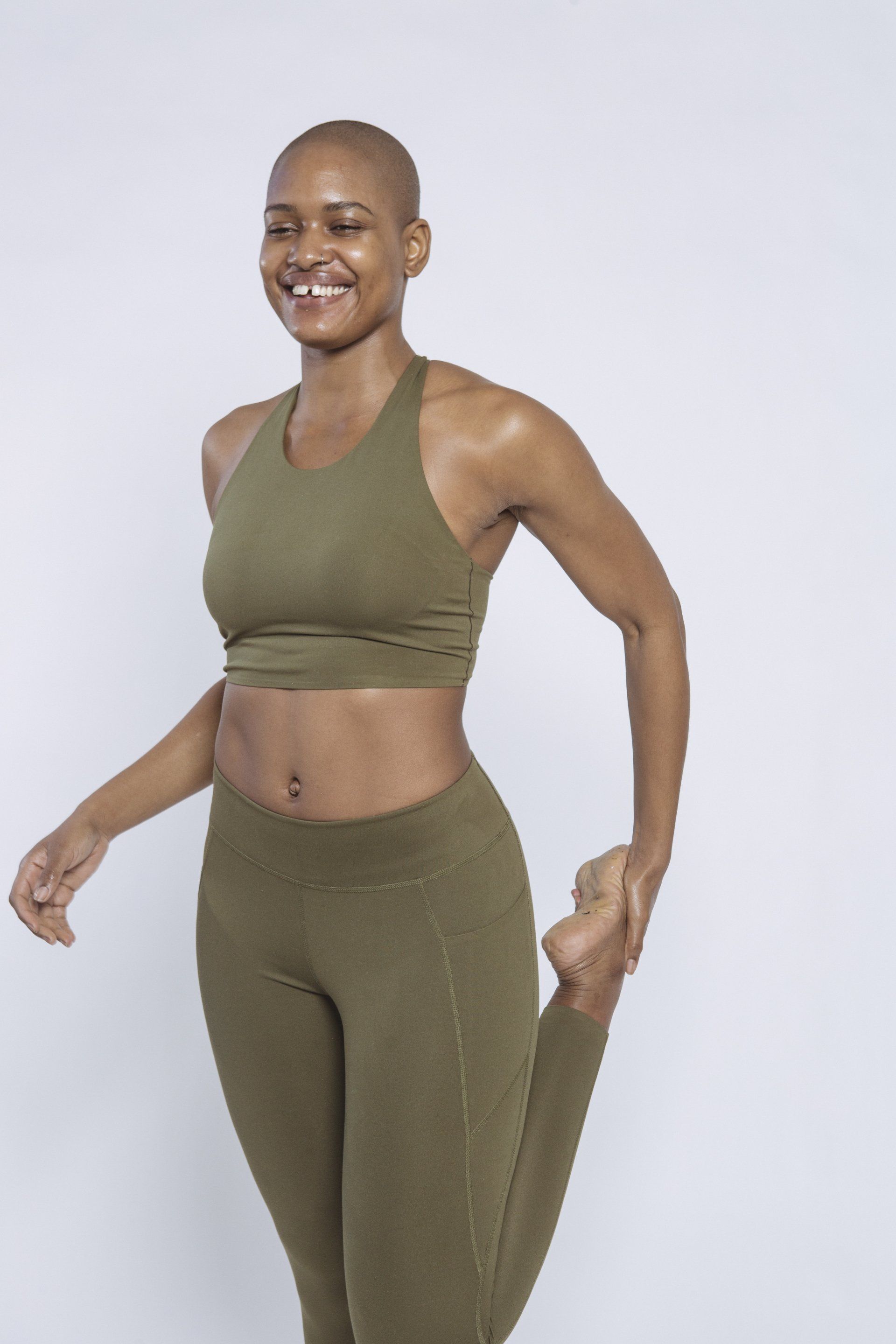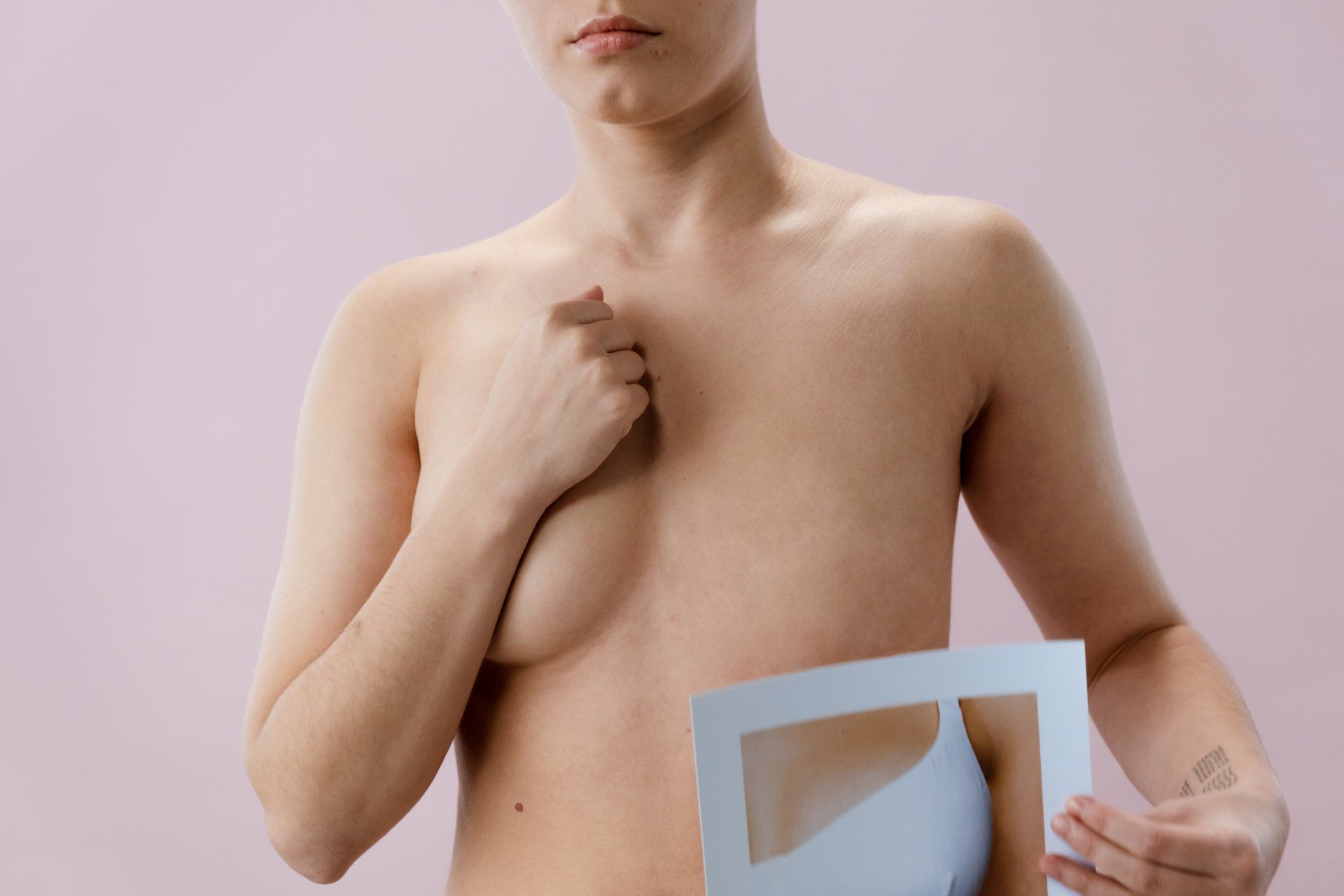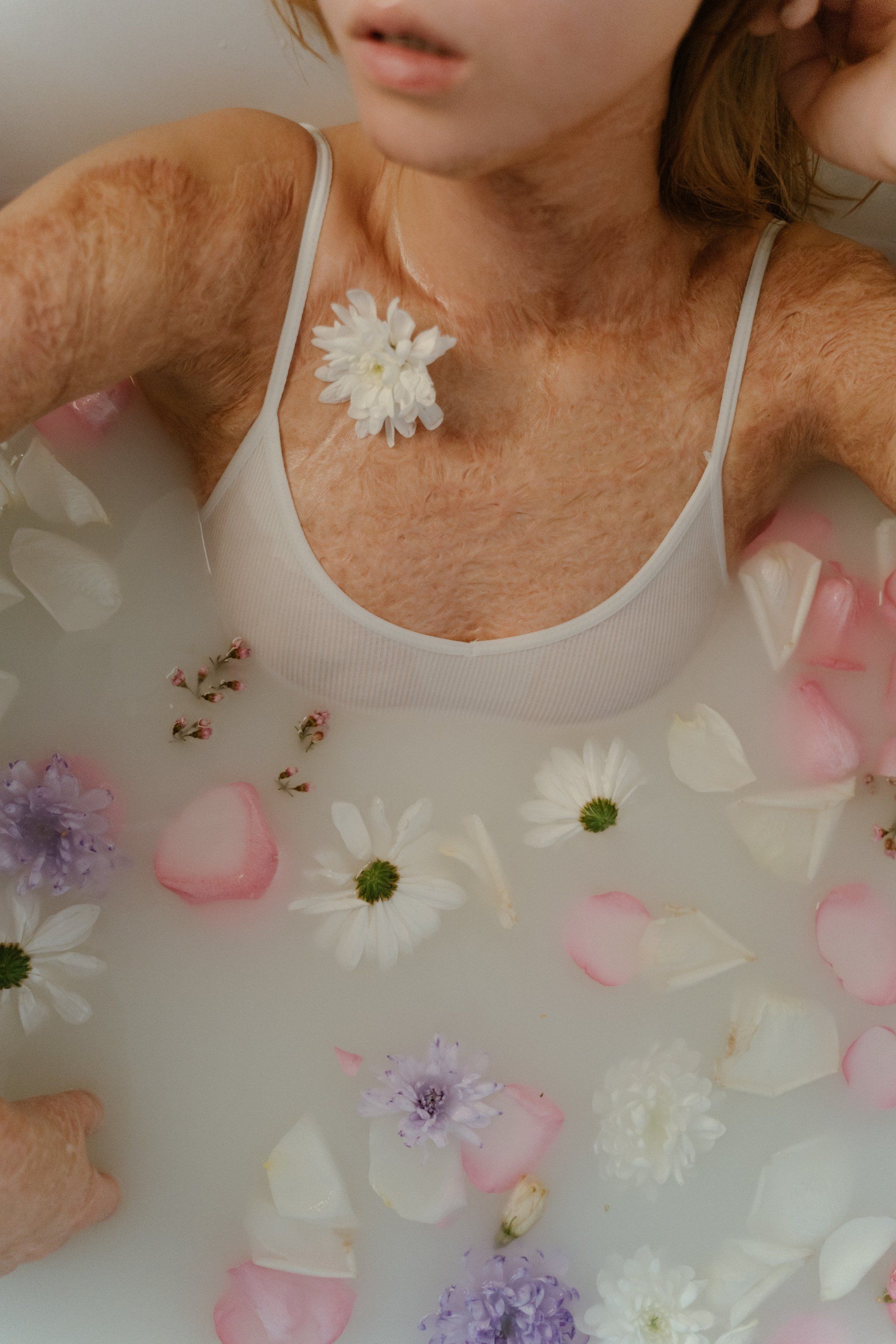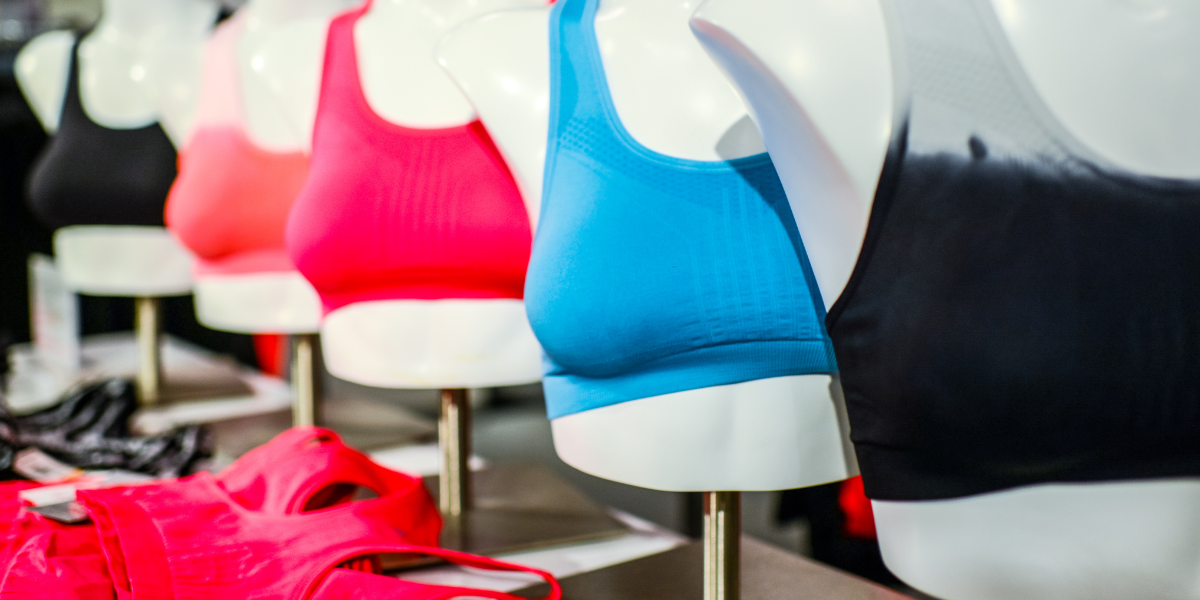Time To Glow With The Flow: Sensitive Skincare Tips
Changes in your skin can have a significant impact not just on your physical wellbeing but even more so on your emotional health. Unfortunately, cancer therapies may cause different skin side effects, ranging from dryness, redness, discoloration to blistering and hypersensitivity.
With that said, how you take care of your skin at this time can make a big difference in how you’ll feel every day. In this article, we’ve compiled some of the best tips on how to care for your sensitive skin and bring back its glow, so keep on reading!
General Skin Care Tips for Sensitive Skin
Whether we like it or not, sensitive skin will be a part of your treatments. Fortunately, though, you can manage your sensitive skin by following these simple tips:
- Avoid long and hot showers.
Yes, these are relaxing, but they do come with a downside. When exposed to heat for a prolonged period, our skin‘s lipid barrier gets broken down, which leads to skin dryness. This is a big no-no for people with sensitive skin, eczema, allergic contact dermatitis, or rosacea. That’s why you should keep your showers cold and short.
- Prioritize sun protection
If your skin has been exposed to radiation, it may become more sensitive to the harmful effects of UV rays. To protect it, the American Academy of Dermatology recommends using sunscreen with an SPF of 30 or higher.
Apply the sunscreen 30 minutes before heading out and reapply after every 2 hours to stay protected.
- Always perform a patch test.
When experimenting with new products, performing a patch test is a must to avoid skin irritation and potential allergies.
To do this, apply a small amount of the product to a small patch of skin behind your ear. After 24 hours, check your skin for redness, rashes, and breakouts. If you notice any of these symptoms, discontinue use.
- Streamline your skincare routine.
For people with sensitive skin, the simpler their beauty routine is, the better and more effective it will be. This is because the risk of allergic reaction and hypersensitivity is higher when using more products. Because of this, you should limit your routine to just the non-negotiables– cleanse, tone, moisturize, and exfoliate. Also, don’t forget to apply the serum on your face, lotion for your body, and sunscreen for maximum protection and nourishment.
How to Choose Skincare Products for Sensitive Skin Types
When choosing sensitive skin care products, the guidelines are simple: skip harsh chemicals and stick with calming and nourishing ingredients.
To avoid breakouts or eczema and rosacea flares, look for fragrance-free, oil-free, gluten-free, and cruelty-free products. Other ingredients to avoid are essential oils, fragrances, scents, parabens, alcohols, sodium lauryl sulfates, oxybenzone, propylene glycol, and benzoyl peroxide, and dyes.
Following the simplified skin-care routine we’ve mentioned, here are some of the products that you need and a few tips on how to choose them:
- Cleansers
Contrary to popular belief, you can find a gentle cleanser that can get rid of impurities and makeup residue from your skin. The best facial cleanser for sensitive skin does just that and, at the same time, hydrates the skin.
When looking for such a type of cleanser, two of the ingredients you should look for are chamomile and aloe vera extracts, known for soothing skin irritation and nourishing the skin.
One good example of a gentle cleanser is the cleaning emulsion that you can find in the nutraMetrix Skintelligence Value Kit.
- Moisturizer and Lotion
Moisture is your best friend when you have sensitive skin, and you can get it from a pH-balanced moisturizer and body lotion.
Your moisturizer must have moisture-replenishing and retaining ingredients like ceramides, glycerin, and hyaluronic acid to provide the hydration that you need. The best formulas for moisturizers are creams, as those are heavy enough to keep your skin hydrated at night yet still lightweight for daytime use.
For body lotions, the essential ingredients are vitamin E which can treat dry and flaky skin.
- Toner
Since you have sensitive skin, you need a toner with moisturizing, anti-inflammatory, and antimicrobial properties. The best toner ingredients for sensitive skin are niacinamide, glycerin, and witch hazel.
When it comes to applying a new toner, always proceed with caution. It’s normal for you to feel a tingling sensation when using a toner, but ditch the toner if it leaves your skin dry, tight, and more irritated.
- Serum
Serums are lightweight versions of moisturizers that contain a higher concentration of active ingredients. When choosing a serum, opt for one that includes ingredients beneficial for your skin goals.
If your goal is to brighten your skin and calm inflammation, a serum with oat is the one for you. Peptides in serum can provide antioxidant protection and prevent further damage, while collagen can keep your skin plump and hydrated.
How to Manage Sensitive Skin
Skin irritation is a common side effect of radiotherapy. While we can’t do anything to prevent it, we can take some steps to manage it and prevent it from getting worse.
With that said, you must avoid skin-to-skin contact on the areas that are most susceptible to irritation. These include the outer portion of your breast, the point between your armpit and your arm, the bottom part of the breast, and along the cleavage.
To avoid skin-on-skin contact in these areas, you should:
- Turn your back to the shower to protect your breasts from water pressure.
- Avoid touching these areas.
- Wear clothes with loose sleeves.
- Use a bra that’s supportive enough to keep your breasts lifted. However, it shouldn’t have an underwire to protect the bottom part of your breasts.
- Put a small piece of soft cotton cloth under your breast if you don’t want to wear a bra.
- Apply baby powder or sifted cornstarch around the breast area and the skin folds to reduce friction. Additionally, these can also absorb moisture which may cause infection and inflammation.
The Bottom Line
When we talk about managing the symptoms of cancer treatments, our skin needs are the last thing on our minds. But, unfortunately, we suffer the most from these unwanted skin changes every day.
This is the very reason why we need to invest extra time and effort in taking good care of our skin, especially during this season. With the skincare tips that we’ve shared with you, we hope that you’ll be able not just to address all your skin issues but even bring your old glow back.
